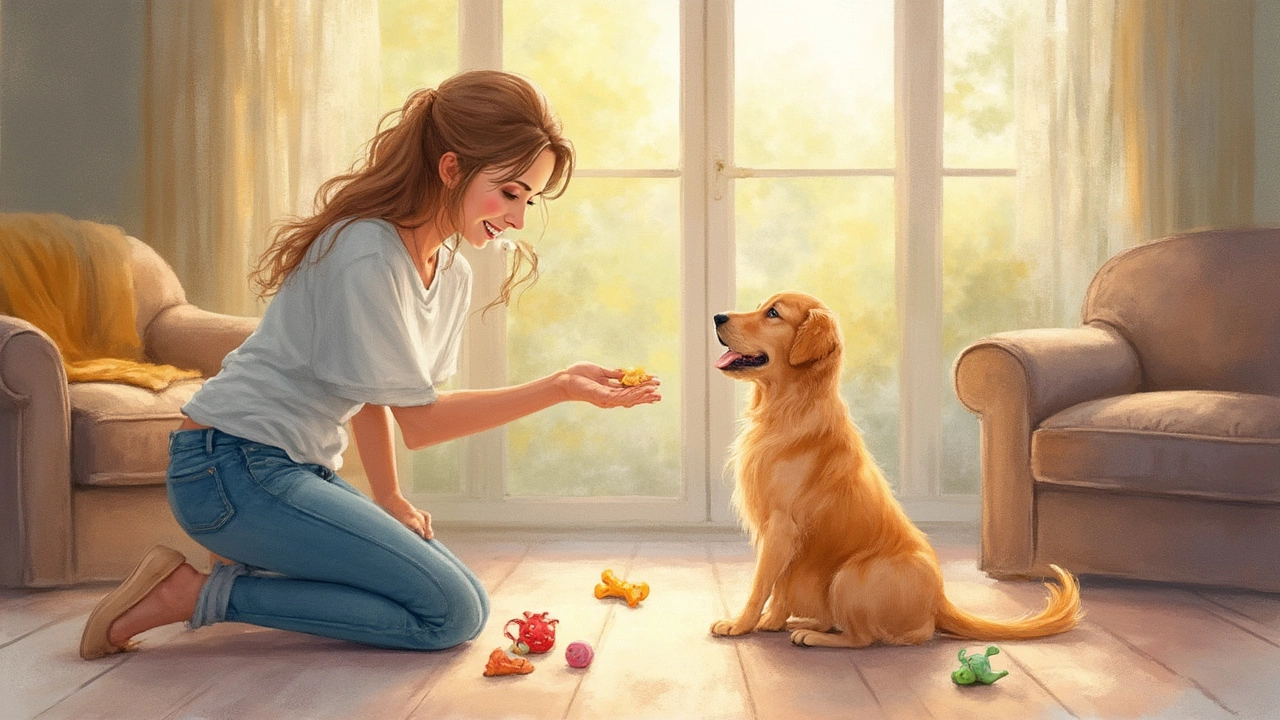How to Teach Your Puppy "No" Without Stress
Got a little furball who’s chewing shoes, jumping on guests, or begging at the table? The word "no" can be your shortcut to better behavior—if you teach it the right way. Below are the exact steps you can start using today, no fancy equipment required.
Step 1: Choose a Clear Cue
Pick a single, firm tone for "no" and stick with it. Whether you use a short "No!" or a calm "Uh‑uh," consistency is key. Dogs don’t care about the meaning of the word; they react to the tone and the timing.
When your puppy starts a unwanted action, say the cue immediately. Delayed correction lets them think the treat or toy was fine, and the "no" won’t stick.
Step 2: Pair the Cue with a Positive Reset
After you say "no," redirect the puppy to a good behavior. If they’re chewing a shoe, say "no," then offer a chew toy. When they bite your hand, "no," then give a tug rope. The puppy learns, "No = stop that, then I get something good."
Keep the reset quick—under two seconds. A short, calm redirection prevents the pup from feeling punished and keeps training fun.
Practice this combo in short 5‑minute sessions three times a day. Repetition beats marathon sessions; your puppy’s attention span is short, so make each round count.
Step 3: Use Timing and Body Language
Your body says as much as your voice. Stand tall, make eye contact, and keep a gentle but firm posture. If you’re too relaxed, the puppy may think it’s a game.
When you catch a misstep, pause any play, give the "no" cue, and wait for the puppy to stop. Once they pause, immediately reward—treat, praise, or a quick play burst. The pause is the signal they’ve listened.
Step 4: Gradually Reduce Rewards
After a week of consistent "no" + reward, start thinning out treats. Praise and a brief petting still work, but you’ll rely less on food. This helps the pup obey even when the treat jar is empty.
Remember, it’s not about making the puppy scared—just clear about what’s okay. If you ever raise your voice or slap, the word loses its positive association and you risk fear‑based reactions.
Step 5: Keep the Environment Puppy‑Proof
While training, make life easier by removing temptations. Keep shoes in a closet, food on a high shelf, and cords out of reach. The fewer things they can get into, the less you’ll need to say "no."
When an accident happens, stay calm. A rushed "no" followed by a frantic chase only confuses the pup. Reset, move the item, and try again later.
Teaching "no" is really about setting boundaries your puppy can understand. With a consistent tone, quick redirection, and lots of positive reinforcement, you’ll see the same bad habit fade in weeks, not months.
Give it a go tonight: watch a misbehaving moment, say your chosen "no," hand over a toy, and reward the pause. Keep notes of what works best and adjust. Before long, your pup will check in with you before they act—because they’ve learned that "no" means "stop and listen," not "you’re in trouble."

Effective Ways to Teach Your Puppy 'No' – Positive Puppy Training Tips
Learn how to teach your puppy the meaning of 'no' using positive, effective strategies. Avoid confusion and set your pup up for a lifetime of good behavior.
View more